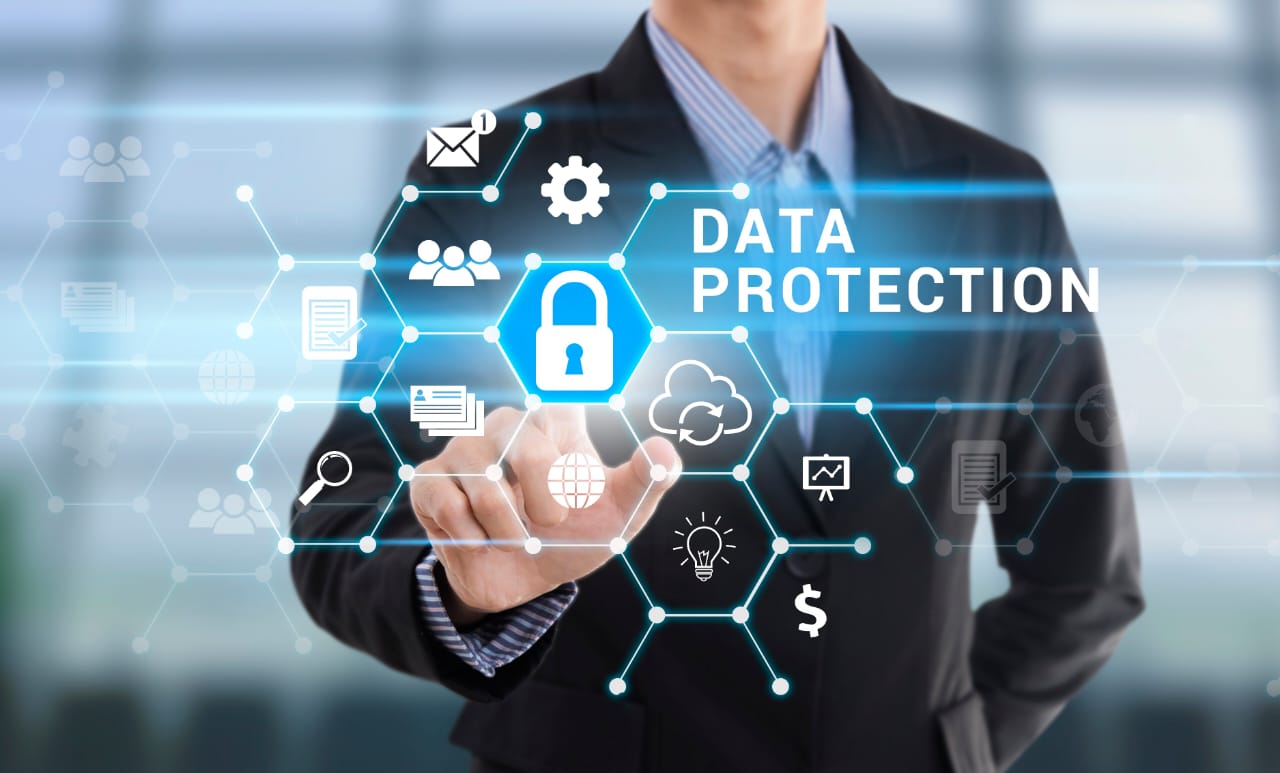Learn how to protect your personal data from hackers on public Wi-Fi in 2025. This guide covers smart tips, security tools, and real-world fixes to stay safe while browsing.
IntThe Public Wi-Fi Trap (And Why It’s Riskier Than You Think)
You’re at your favorite cafe, airport, or hotel. You connect to the free Wi-Fi and start scrolling, shopping, or even checking your bank balance. But here’s the scary part—you may have just opened the door to hackers.
Public Wi-Fi networks are a hacker’s playground. They can intercept your data, steal your passwords, and even take full control of your device.
In 2025, over 60% of data breaches in public places start with unsafe Wi-Fi usage.
This guide is your armor. We’ll break down exactly how hackers exploit public Wi-Fi and give you powerful, real-world solutions to lock down your personal data like a pro.
Chapter 1: How Hackers Steal Your Data on Public Wi-Fi
Before we protect you, let’s expose the enemy.
1.1. Man-in-the-Middle Attacks (MITM)
Hackers position themselves between you and the Wi-Fi router to intercept every bit of data you send—emails, passwords, photos, even messages.
1.2. Fake Wi-Fi Networks
Hackers create fake Wi-Fi hotspots (like “FreeCoffee_WiFi”) to trick you. Once connected, they monitor everything you do.
1.3. Packet Sniffing
They use tools to capture data packets traveling through the network—especially unencrypted ones.
1.4. Session Hijacking
After you log in to a website, hackers can steal your session cookie and impersonate you.
Chapter 2: How to Protect Your Personal Data on Public Wi-Fi
2.1. Always Use a VPN (Virtual Private Network)
A VPN encrypts your data so no one—not even the Wi-Fi provider—can see your traffic.
- Recommended: ExpressVPN, NordVPN, ProtonVPN
Pro Tip: Turn on the VPN before connecting to public Wi-Fi.
2.2. Use HTTPS Everywhere
Only visit sites with “HTTPS” in the URL. These are encrypted and safer.
- Install the HTTPS Everywhere browser extension for automatic protection.
2.3. Turn Off Auto-Connect & Sharing
Auto-connect and file sharing should be disabled on public networks.
- On Windows: Settings > Network & Internet > Wi-Fi > Manage Known Networks
- On Mac: System Settings > Network > Advanced > Auto-Join
2.4. Use a Privacy-Focused Browser
Browsers like Brave, Firefox Focus, or DuckDuckGo block trackers and protect you from snooping.
2.5. Enable 2FA (Two-Factor Authentication)
Even if your password is compromised, 2FA keeps hackers out.
- Use apps like Google Authenticator, Authy, or Microsoft Authenticator.
2.6. Avoid Banking or Shopping on Public Wi-Fi
Wait until you’re on a secure, private network to make sensitive transactions.
Chapter 3: Advanced Protection Tools for Public Wi-Fi (2025 Picks)
3.1. Use Antivirus with Wi-Fi Security
Good antivirus software alerts you when you connect to a dangerous network.
- Top Picks: Bitdefender, Norton 360, McAfee Total Protection
3.2. Enable Firewall Protection
Your device’s firewall is your first defense. Keep it on at all times.
- On Windows: Control Panel > System and Security > Windows Defender Firewall
- On Mac: System Settings > Security > Firewall
3.3. Use a Password Manager
Instead of typing passwords on public Wi-Fi, use autofill from a secure manager like 1Password or Bitwarden.
Chapter 4: What To Do If You Think You Were Hacked on Public Wi-Fi
- Immediately disconnect from the network.
- Change your passwords (especially email and banking).
- Run a full malware/virus scan.
- Contact your bank if you accessed financial accounts.
- Enable 2FA on all accounts.
- Report the incident to your cybersecurity software provider.
Chapter 5: Real-Life Stories (And What We Can Learn)
Sarah, a student in New York:
“I connected to public Wi-Fi at a cafe and two days later, my email was compromised. I had no idea until my password stopped working.”
Lesson: Use a VPN every single time. Don’t trust “free” networks.
Tom, a business traveler:
“I lost $1,200 because I used hotel Wi-Fi without a VPN while accessing PayPal. The hacker made transfers before I even noticed.”
Lesson: Avoid financial logins on public networks—use mobile data or VPN.
Chapter 6: Must-Do Checklist to Stay Safe (Summary)
| Action | Why It Matters |
|---|---|
| ✅ Use a VPN | Encrypts all your data |
| ✅ Turn off Auto-Connect | Prevents fake network connections |
| ✅ Use Privacy Browser | Blocks trackers & spying scripts |
| ✅ Avoid Shopping/Banking | Limits risk of credential theft |
| ✅ Enable 2FA | Stops hackers from logging in |
| ✅ Run Antivirus | Detects Wi-Fi-based malware |
Internal Links to Boost SEO
- Top 5 VPNs for Privacy & Security in 2025
- Why Does My VPN Keep Disconnecting Randomly? 7 Fixes
- Is My VPN Leaking Location? Check Now
- How to Create a Strong Password in 2025
- How stay safe on public wifi in 2025
Final Words: Stay Smart. Stay Safe. Stay Private.
Public Wi-Fi is not free—it can cost you your identity, your money, and your privacy. But now that you’ve got the tools, tips, and knowledge, you’re no longer an easy target.
Make these tips a habit every time you step into a coffee shop, hotel, or airport.
✅ Use a VPN.
✅ Think before you connect.
✅ Be the one who doesn’t get hacked.
Want more privacy tips? Join our group CLICK HERE

1 thought on “How to Protect Your Personal Data from Hackers on Public Wi-Fi (2025 Guide)”